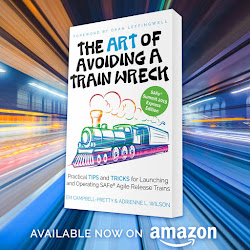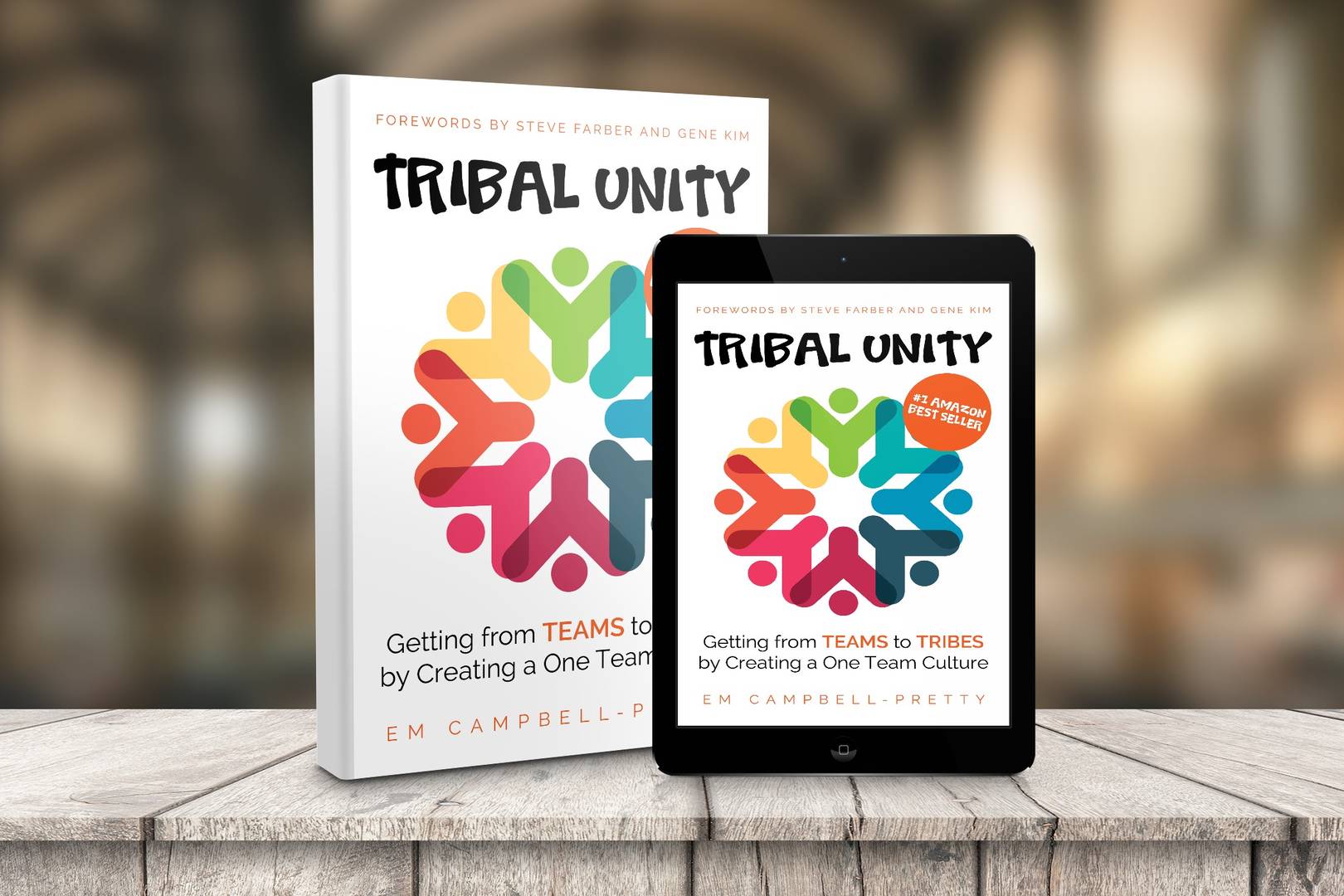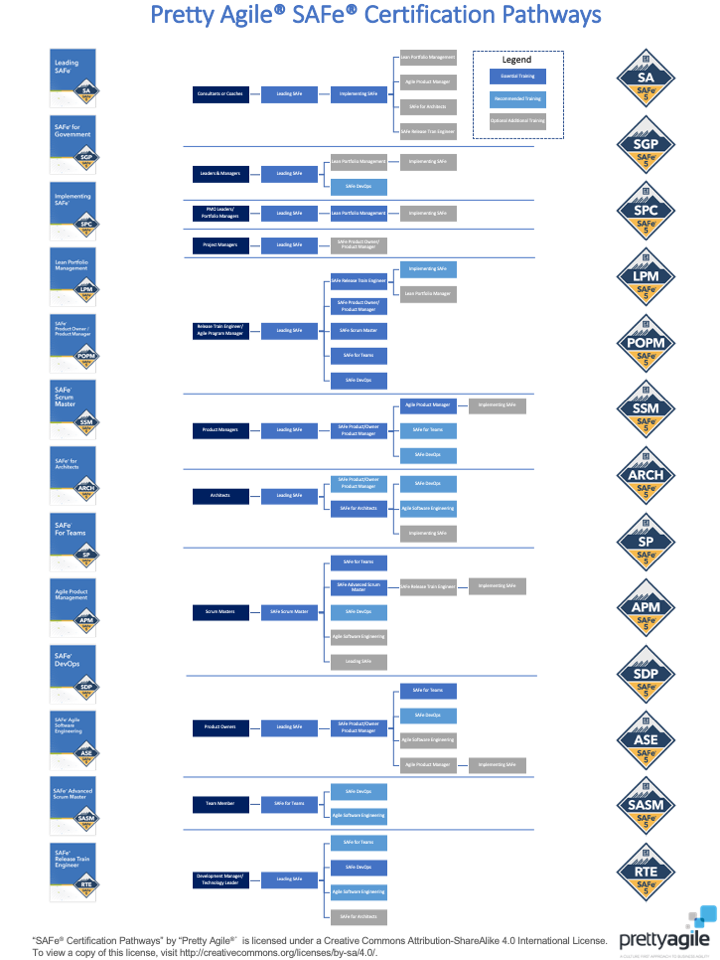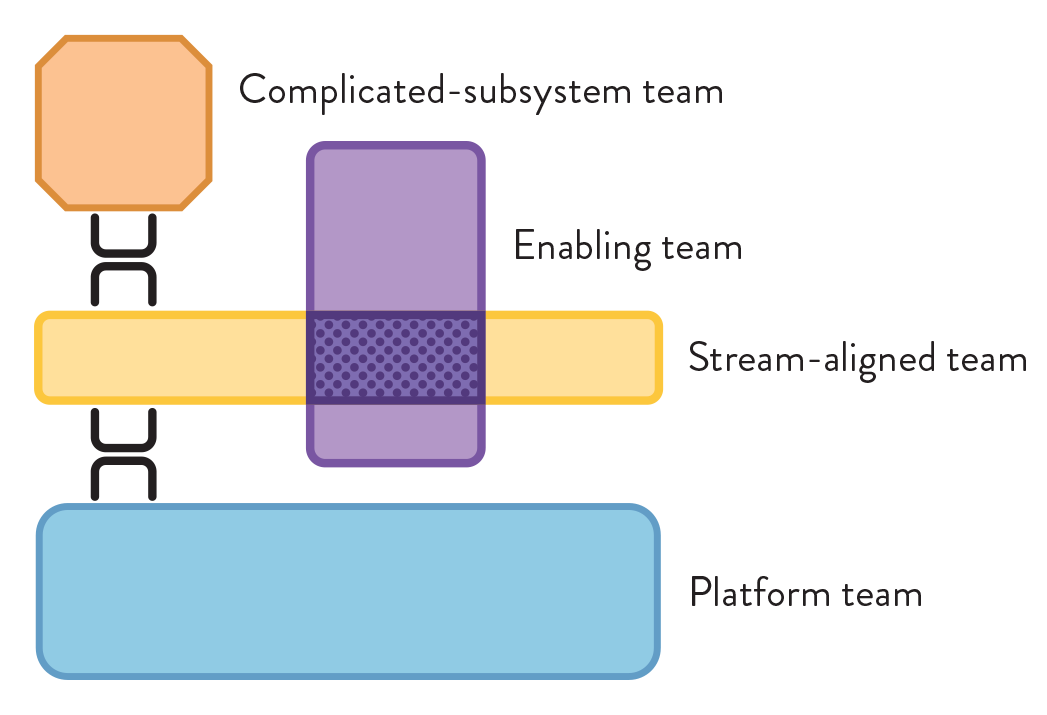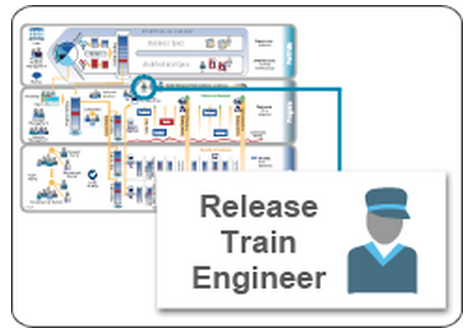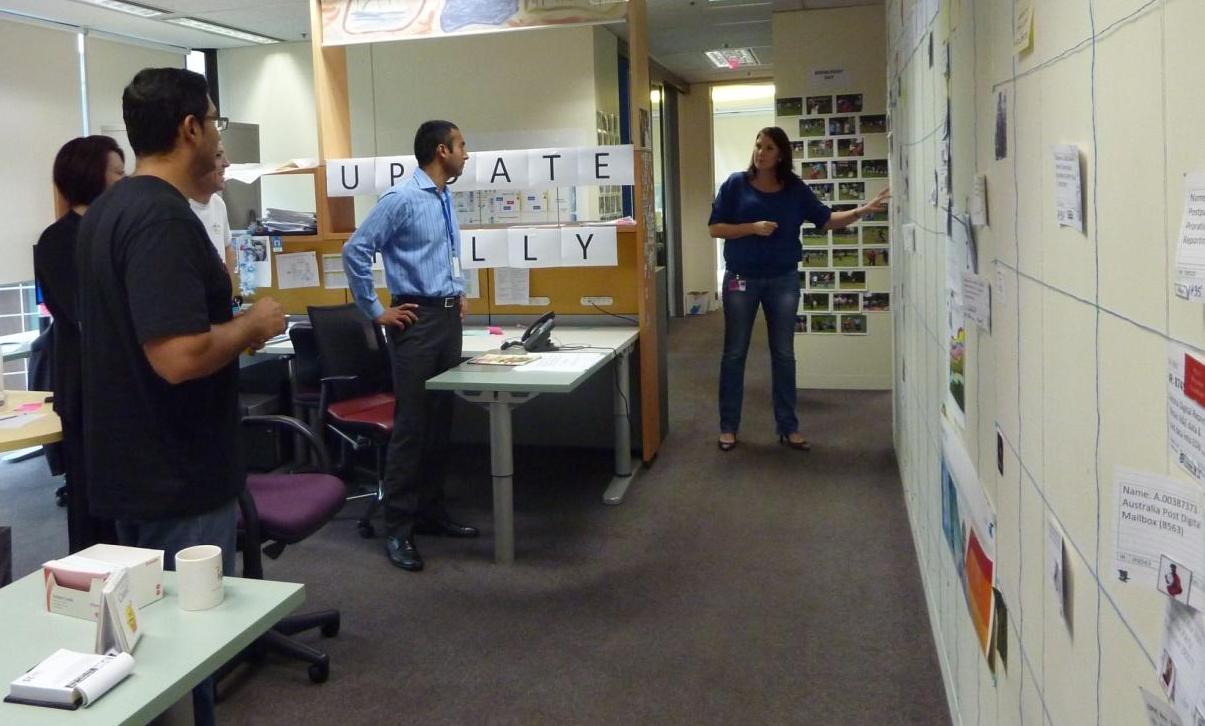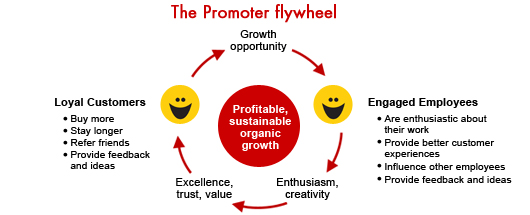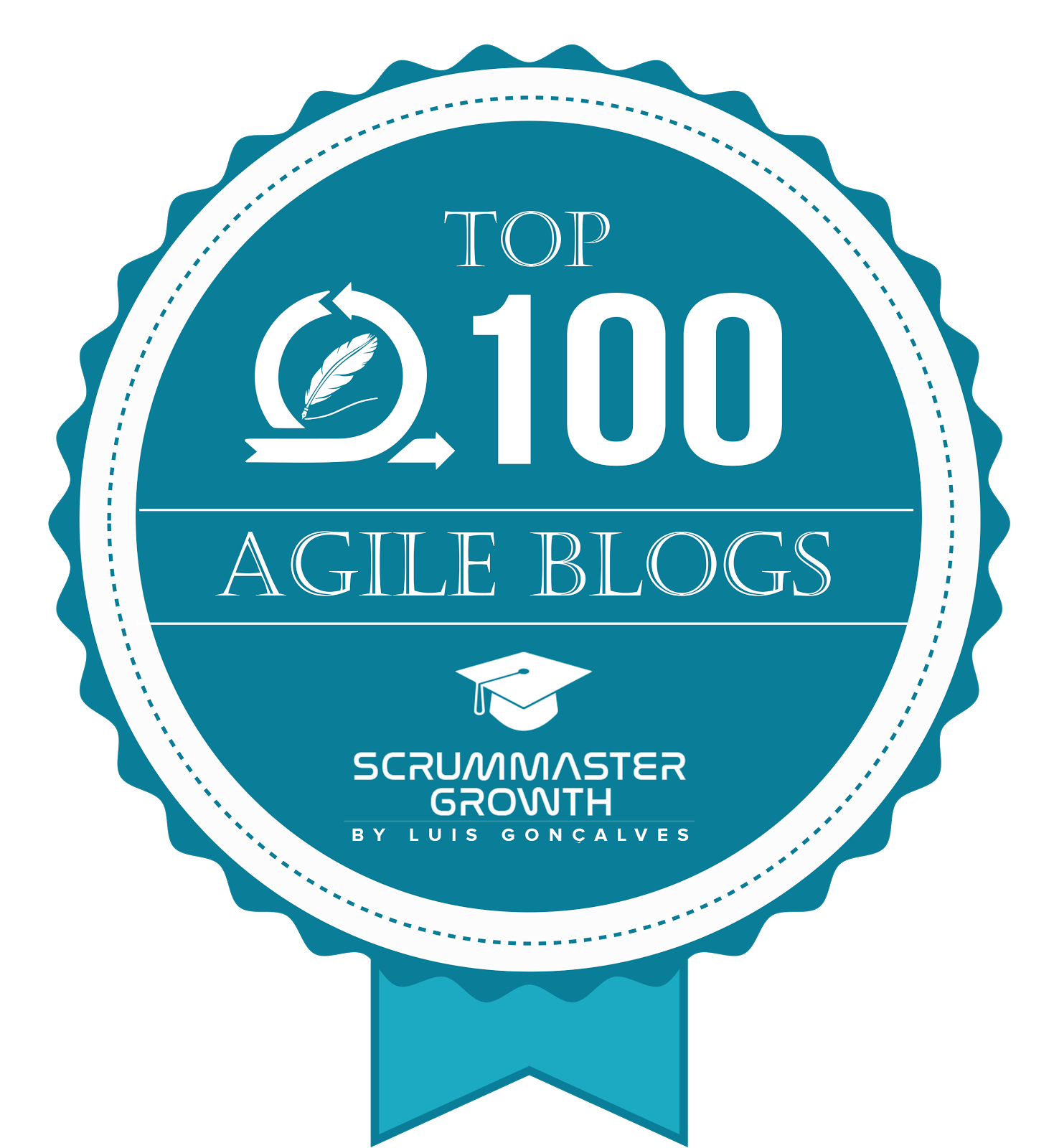- AI-Native Training
- SAFe Training
- Choose a Course
- Public Training Schedule
- SAFe Certifications
- Leading SAFe
- Implementing SAFe
- Advanced SAFe Practice Consultant
- Leading SAFe for Government
- SAFe Lean Portfolio Management
- SAFe Release Train Engineer
- SAFe for Hardware
- SAFe for Architects
- Agile Product Management
- SAFe Scrum Master
- Advanced Scrum Master
- SAFe DevOps
- SAFe Product Owner/Product Manager
- SAFe Agile Software Engineering
- SAFe for Teams
- SAFe Micro-credentials
- Agile HR Training
12 Lean Habits of the 21st-Century Technology Leader
Lean is the term the Western world has come to use for the Toyota Production System (TPS).1 Created by Taiichi Ohno, TPS aims to reduce the time between a customer order and payment for the delivery of a vehicle by “reducing the non-value adding wastes.” While so much of Toyota’s success has been attributed to the mechanics of TPS, there is more to it than that. Jeffrey K. Liker, professor of industrial and operations engineering at the University of Michigan and author of The Toyota Way, states that “Toyota’s continued success ... stems from a deeper business philosophy based on its understanding of people and human motivation.” While 21st-century technology leaders may not be in the business of manufacturing cars, I think we can all agree that they are in the business of leading people!
The Toyota Way is characterised by “management commitment to continuously invest in its people and promote a culture of continuous improvement.” Its two pillars are respect for people and continuous improvement. The themes of people and continuous (or “relentless”) improvement also appear in the Scaled Agile Framework® (SAFe®).
In the House of Lean for the 21st Century, the roof represents the goal: delivery of value, in the sustainably shortest lead time with quality, high morale, safety, low cost, and most customer delight. This is supported by four pillars:
- Respect for people and culture
- Flow
- Innovation
- Relentless improvement
Leadership is depicted as the foundation of the house.
4 Pillars, 12 Habits
The values contained in the House of Lean for the 21st Century give us guidance as to the mindset required to succeed, but it takes concrete practices to bring these values to life. Given that leadership is the foundation of Lean, the effective Lean leader needs to form habits that align with the pillars that support the goal.
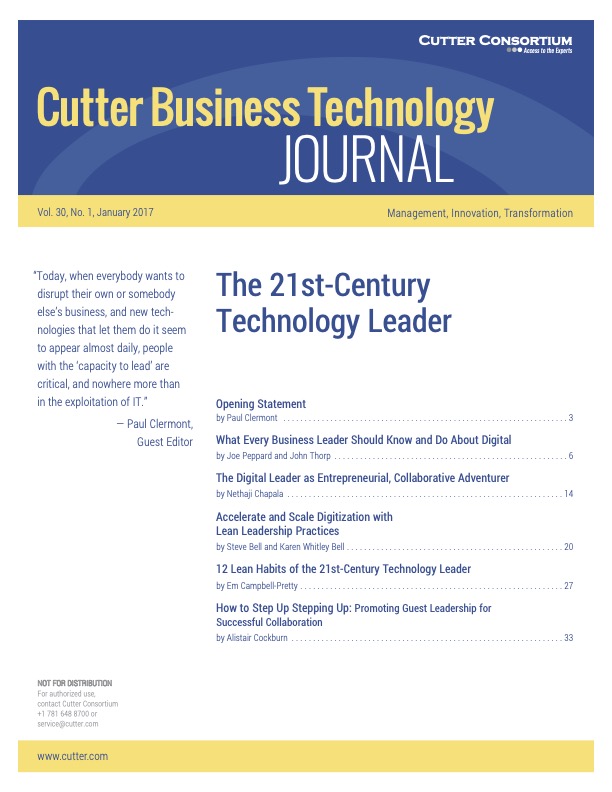
Use this link to download the full article on from the January 2017 issue of the Cutter Business Technology Journal.


